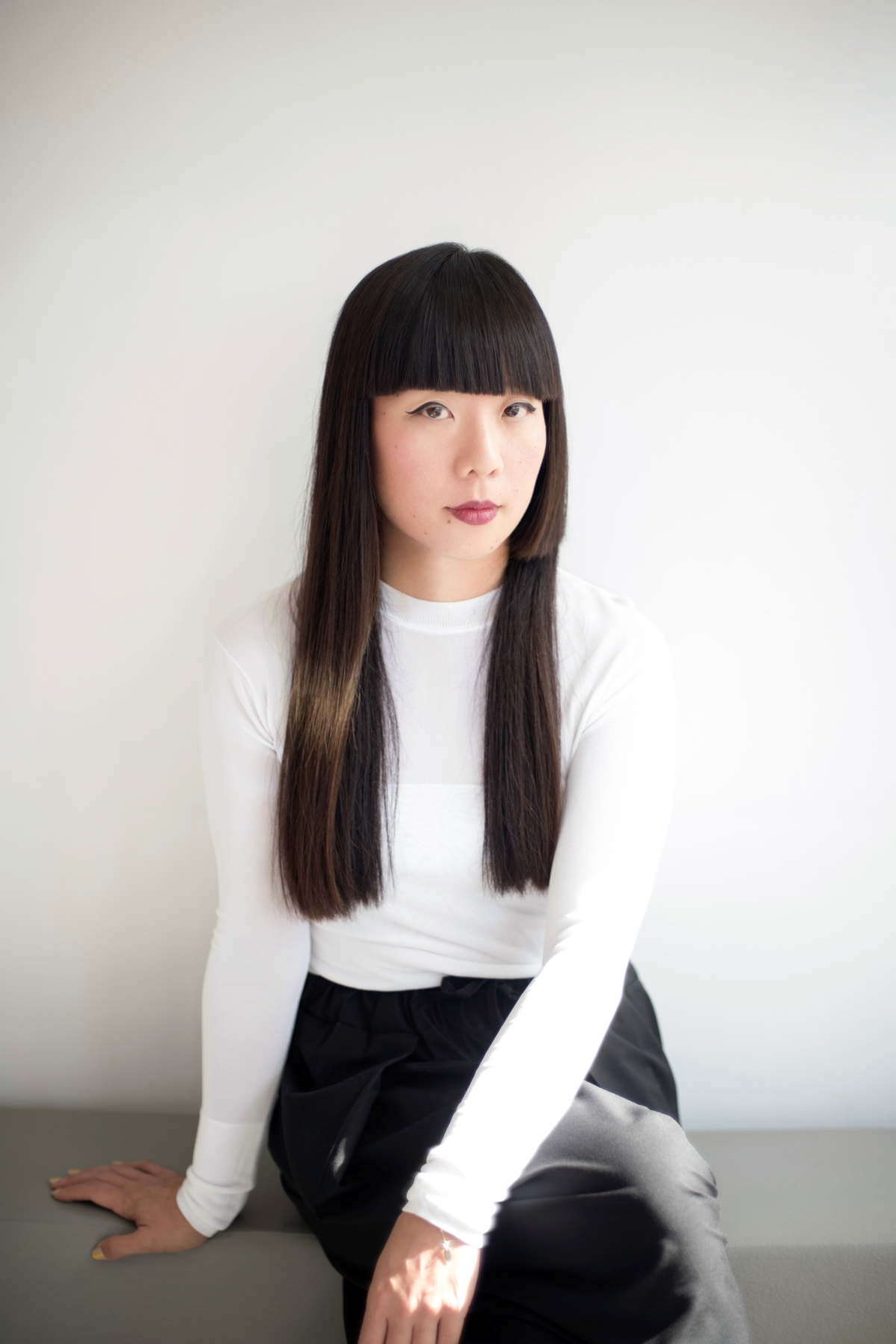Melodie Leung
On “working across time” and the power of teamwork

Melodie Leung, DIVIA’s Ambassador and Associate Director at Zaha Hadid Architects, fell in love with city buildings at a very young age. Originally from Chicago, she has been working with the ZHA office in London for the last 15 years. In our interview she speaks about the state of wonder that fosters her motivation, her experience working on the London Aquatics Centre that was used for the 2012 Olympics and the non-negotiables of working in a team.
By Veronika Lukashevich
What inspired you to become an architect?
I think it was really inevitable. Somehow from a very young age, I was always inspired by architecture. I loved exploring cities and then the more that I learned about what it entailed to become an architect, the more I was fascinated by this idea and this realization that it’s an endless journey of learning. I loved the problem solving, abstracting and finding solutions but also, most importantly, I really loved working with people and observing them and looking for ways to improve their lives and the ways that they interact with each other and the city around them.
What do you love about being an architect?
One of the things that I love about being an architect is working with this constant state of wonder. As designers we’re constantly curious and we bring it into the design process. But architecture also has this ability to evoke wonder in the people who visit and who move through and use the buildings. I live in East London, and one of the buildings I love to bring my friends to is the London Aquatics Centre. I remember when I started at the office 15 years ago and all of the efforts of the team working on the competition, working on it after we won the competition to continually evolve and improve and adapt the design. And now it’s such an incredible opportunity that anybody can come and swim in this pool that’s like a cathedral and inspired by the movement of water. I recently visited it, and it was so busy. I remember walking through the diving pool and past the athletes who were training for World Champions … and then in the practice pool – all the different sides filled with local school children learning how to swim.
The other thing that I love about working in architecture is this idea that we’re working across time. On the one hand, in a city like London we have such a great responsibility with all of its centuries of history. And, on the other hand, we’re always expected to design buildings which are suitable for use presently but also for many years to come.
“Zaha opened the possibilities and now we [at Zaha Hadid Architects] carry on this responsibility to continue to build on and expand them.”
What achievement are you most proud of?
Of course, there are many projects that I’ve been involved in, from redefining a civic space to involving the innovative use of materials sustainably to shifting the perception of what architecture as an industry can offer. But what I’m the proudest of is not the buildings themselves but the team. It was an incredible opportunity to work with Zaha and the team that she built up over 40 years. When they started to bring this vision forth, which was once thought unbuildable but which she had every intention of building. And now we carry on this responsibility, and whereas she opened the possibilities, we continue to build on and expand them. Every project is an interdisciplinary collaboration, so we’re always looking to identify and to nurture the team. The most rewarding part of it is seeing them have these creative breakthroughs, seeing how they then start to mentor the next generation of designers. You can see it in their work as they’re growing and developing, and I’m constantly inspired every day by my colleagues of all ages, and we continue to work together to cultivate this team which is prepared to design for the complexities of the world today.
What advice do you have for an emerging (female) architect?
The advice I’d give to any architect is that it takes a lot of hard work and persistence, obviously. But also, to actively observe. I think we’re never too young to build up the experiences that inform our work. One thing I always tell my team is to turn off their phone and really look deeper at the people around them, how they interact, how they relate to the spaces around them. Because I think as designers, we always pull on these memories and these experiences that we have to better understand the people that we’re designing for. And that’s another reason why it’s so important to have many different lived experiences involved in the design of the built environment. And thirdly, I’d always advise to never stop asking questions. The answers are often going to be surprising, and as a team, we’re always trying to cultivate this sense of wonder and curiosity.
How can we create change for the better?
In my experience I’ve been really fortunate to have a number of incredible mentors, from professors to my employer to my colleagues and even my students. And I think we should never underestimate the impact we can have by giving positive encouragement and by noticing and nurturing hidden talents. And it’s possible to create positive change, but the world is very dynamic, so we have to stay on our toes and always actively look for these opportunities, and most important find the best ways to bring people with us on this journey.